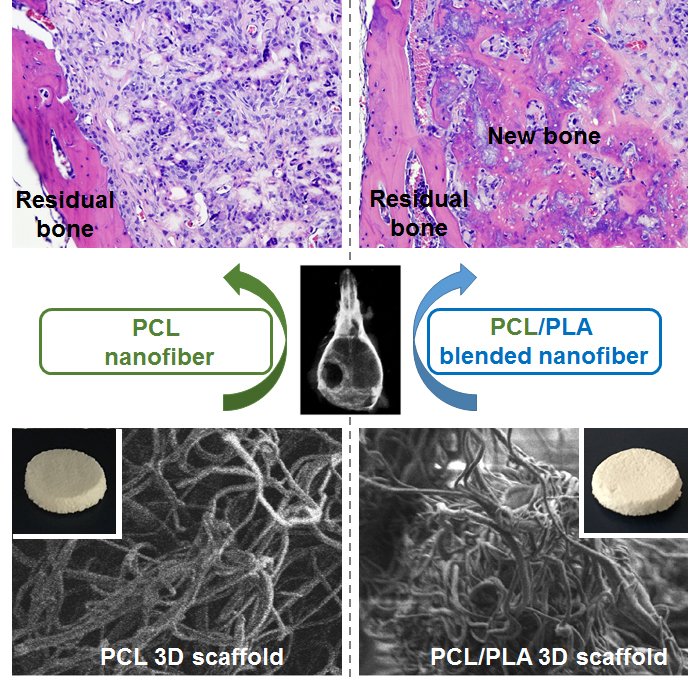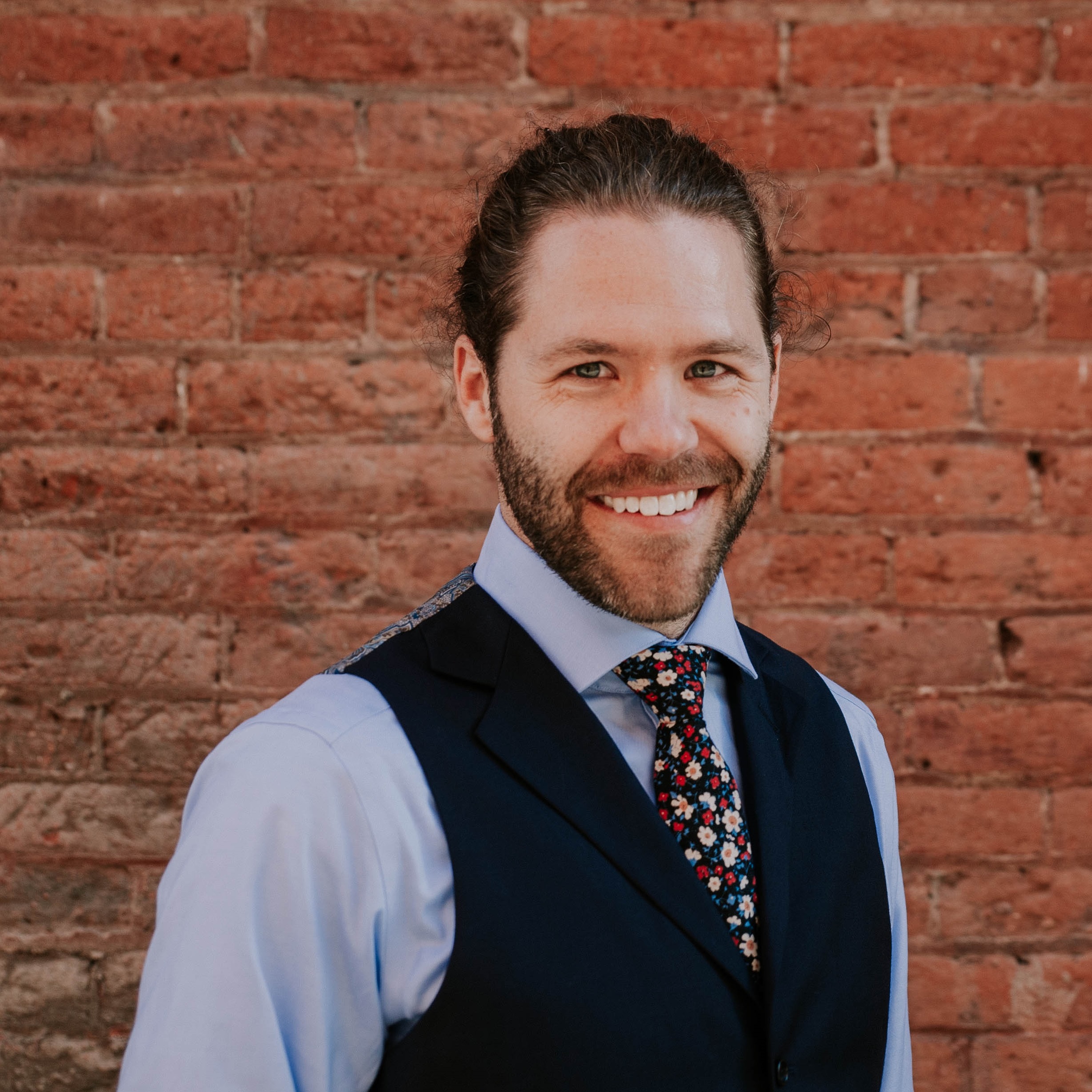Engineered Bones
Lesson Overview

Students will investigate the function of bone and how bones can be repaired using additional materials. This investigation will lead students to compare current bone repair materials and the possibility of stem cells and nanomaterials could be used in bone repair.
About the Scientist

Eric Sandhurst
Institution: University of South DakotaHello Everyone! My name is Eric Sandhurst and I am a biomedical engineer and I conduct my research at the University of South Dakota's Graduate Education and Applied Research Center in Sioux Falls. After completing my bachelor's degree in Biology and working in a hospital for a few years, I knew that my career path would lead me towards the medical field, but I wasn't sure how I would be involved in helping patients. Pursuing my PhD and conducting biomedical engineering research has allowed me to explore and ultimately improve the tools and methods that physicians use to help people. Biomedical engineering is an exciting and diverse field that can take us to the edge of what we know about the human body, medicine, and engineering. It's likely that you or someone you know has broken a bone before. The result was likely that a cast was placed around the broken bones to keep them in place and the amazing healing processes of the body rejoined the break in the bone. I study new ways to help people's bones heal when the type of injury is very complex or compromised and the doctor is unable to use a cast. In our lab, we use the patient's own progenitor cells or cells that can become many other types, such as bone, cartilage, or fat cells. By engineering a 3-D scaffold for them to grow on, we can help them become the type of cells that the patient needs. Each day can be challenging, but it is also rewarding because I know that what I'm doing may one day help someone heal faster and better. With the premier healthcare and research facilities we have, I look forward to the progress we can make here in South Dakota!
 National Science Foundation RII Track-1 Project:Expanding Research, Education and Innovation in South Dakota
National Science Foundation RII Track-1 Project:Expanding Research, Education and Innovation in South Dakota